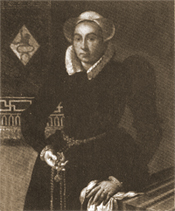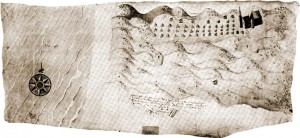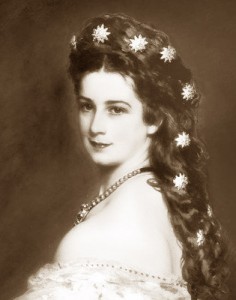Zandvoort history really can be fascinating with much to discover. Here is a brief summary.
Early Zandvoort History
The first mention of Zandvoort in any history records dates back to the time of Count Floris V who had a bastard son called Witte van Haemstede (1280/1282–1321). Witte’s half-brother John I, Count of Holland, gave him the property of Haemstede, in Southern Holland and in 1304, Witte landed near a place known as Sandevoerde while he was at war with the Flemish, who were threatening the city of Haarlem. The ‘voerde’ of Sandevoerde would have indicated a ford or fordable place in the dunes which could be waded through, thus connecting sea and land. The dunes at that time were mostly swamps, but Zandvoort had a fordable area by which the land could be quite easily reached from the sea.

 At that time, the village was ruled by the Lords of Brederode (The Lords of Brederode were closely descended from the Counts of Holland and the powerful Van Teylingen family) During the Protestant Reformation, the Van Brederode family left Holland, their properties were confiscated by the government and the the States of Holland took over the territory. The small village of Zandvoort at the time would have consisted of about 100 houses, under the jurisdiction of the Bailiff and Aldermen, assisted by church leaders.
At that time, the village was ruled by the Lords of Brederode (The Lords of Brederode were closely descended from the Counts of Holland and the powerful Van Teylingen family) During the Protestant Reformation, the Van Brederode family left Holland, their properties were confiscated by the government and the the States of Holland took over the territory. The small village of Zandvoort at the time would have consisted of about 100 houses, under the jurisdiction of the Bailiff and Aldermen, assisted by church leaders.
Economic Development
It was in 1722 that Zandvoort first began to develop economically with even greater developments following in the 1800s and 1900s. Zandvoort village for many centuries until the late 18th century had depended on fishing for its livelihood. In the 19th century however it began to develop into a seaside resort much along the same lines as the English coastal towns had and in 1828 it was first inaugurated as a seaside resort per se.

With this change, Zandvoort began to attract prominent people from all over Europe including in the years 1884 and 1885, the Austro-Hungarian Empress Elizabeth also known as “Sisi” Another development which occurred in the 19th century was the cultivation of potatoes in the dune areas and even more importantly, in 1881 the railway station near the coast was to open. This was followed in 1899 by the arrival of the tram connection to Haarlem. This new connection was to be the catalyst for beach tourism to Zandvoort. Old Postcards of Zandvoort from this time
World War II
The Second World War was to indirectly inflict heavy damage upon the town Zandvoort. It was on 23 May 1942 that all access to Zandvoort beach became prohibited and within a few months time, the town had almost been completely emptied of people except for those useful to the German occupying army. Many of the beautiful Belle Epoque boulevards with their fabulous villas were demolished to make way for the coastal defences of the Atlantic Wall. Ultimately though, the rebuilding programme that followed the war paved the way for the modern resort that exists today. Zandvoort history 1939 to 1945
Post-War Zandvoort
After the Second World War Zandvoort began to grow rapidly and prosper in other economic areas as well as tourism. A major advancement in the town was the building of Circuit Park Zandvoort in 1948 in an area of the dunes near the coast. The circuit racing track was to host the Dutch Grand Prix for several decades.
Zandvoort Today
In the modern era, the town continues to prosper with tourism still playing an important part. It’s estimated that in 2010, around 50% of all jobs in Zandvoort are connected with tourism.
Follow the links in the sidebar – right or below (on a mobile) to learn much more about Zandvoort history.